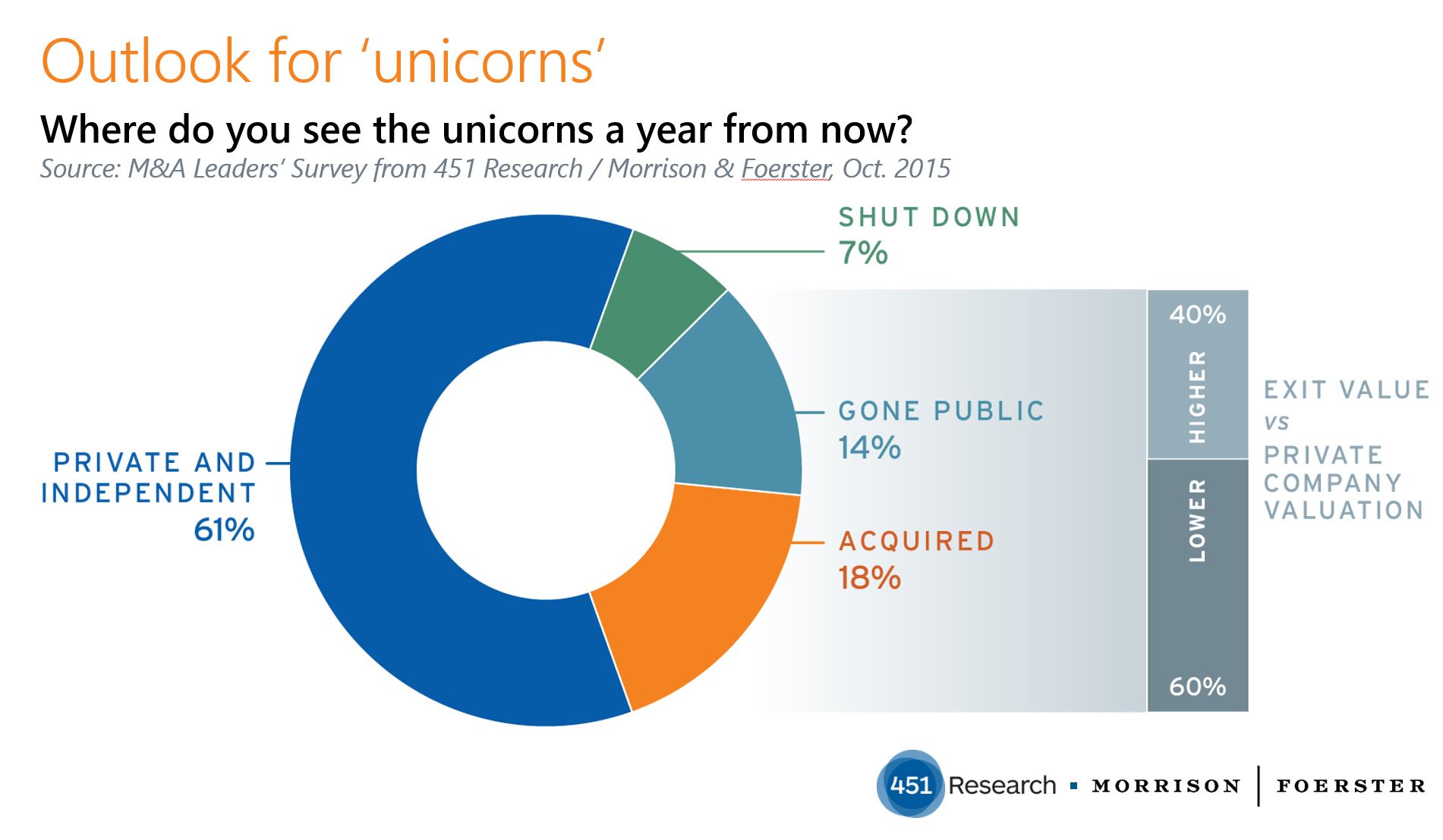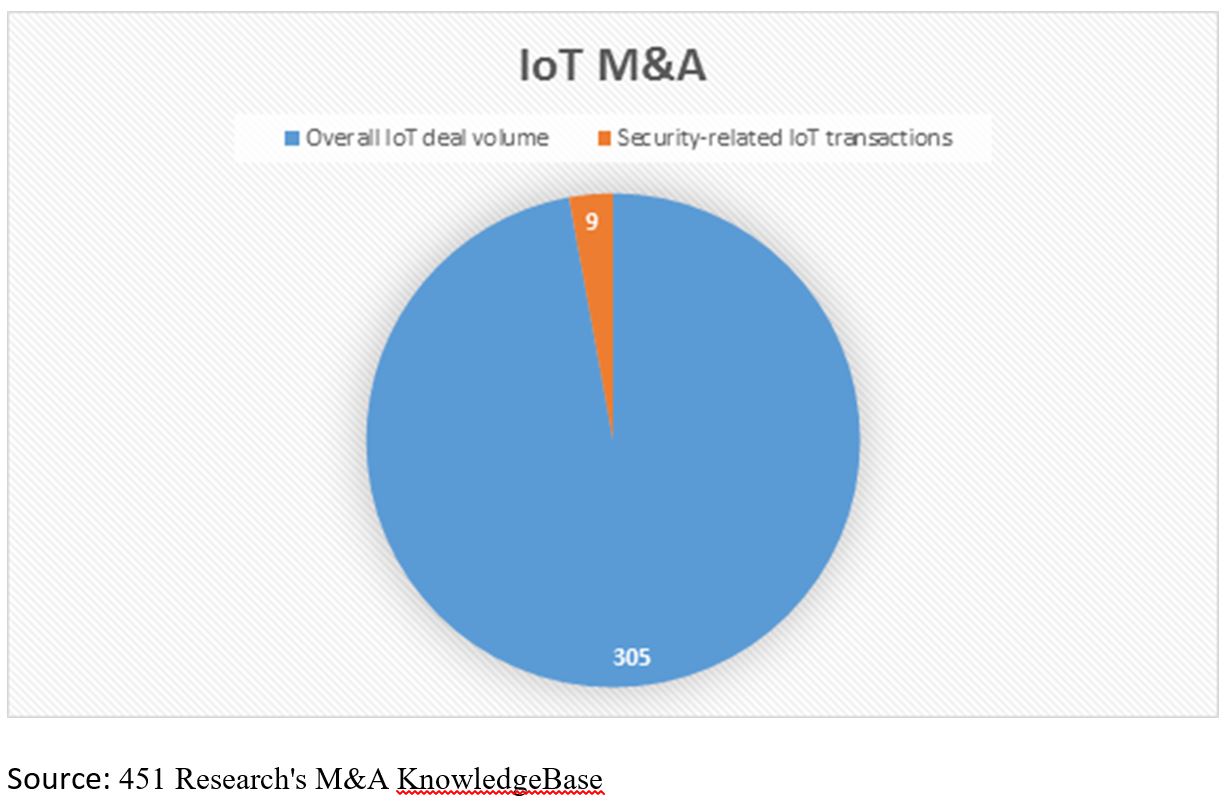Contact: Matt Aslett
In keeping with the trend of SaaS application vendors snagging stand-alone analytic capabilities, human capital management specialist Workday has bought Platfora, a big-data discovery and visualization provider. Workday’s motivation for the purchase is to complement the analytic capabilities already built into Workday Financial Management and Workday Human Capital Management – without users having to export data outside Workday.
Workday is not disclosing how much it is paying for Platfora, and while we imagine it was more than the $26.3m and estimated $35m it previously spent for Identified and Cape Clear Software, respectively, we would be surprised if the target’s backers generated a significant return on the combined $95.2m they invested in its four funding rounds.
While it has been reticent to share exact numbers, Platfora has clearly built up a decent-sized list of customers. Over time, the company has shifted its focus beyond Hadoop visualization to also address data discovery and preparation, while adding support for open source SQL-on-Hadoop projects and the Apache Spark in-memory processing engine. Platfora also provides Workday with a data discovery and visualization offering that it can use to complement the analytic capabilities that it has already added to its own applications, as well as enable business users to access data from external sources and bring it into Workday for analysis.
Workday’s Platfora buy follows similar acquisitions of analytic specialists by other SaaS application providers – such as Salesforce’s reach for EdgeSpring and Zendesk’s pickup of BIME Analytics (formerly known as We Are Cloud), although Workday doesn’t compete directly with either of these. In fact, it could be said that all three are looking to add value to take on a common enemy – incumbent enterprise application vendors such as Oracle, SAP and Infor.
For more real-time information on tech M&A, follow us on Twitter @451TechMnA.


